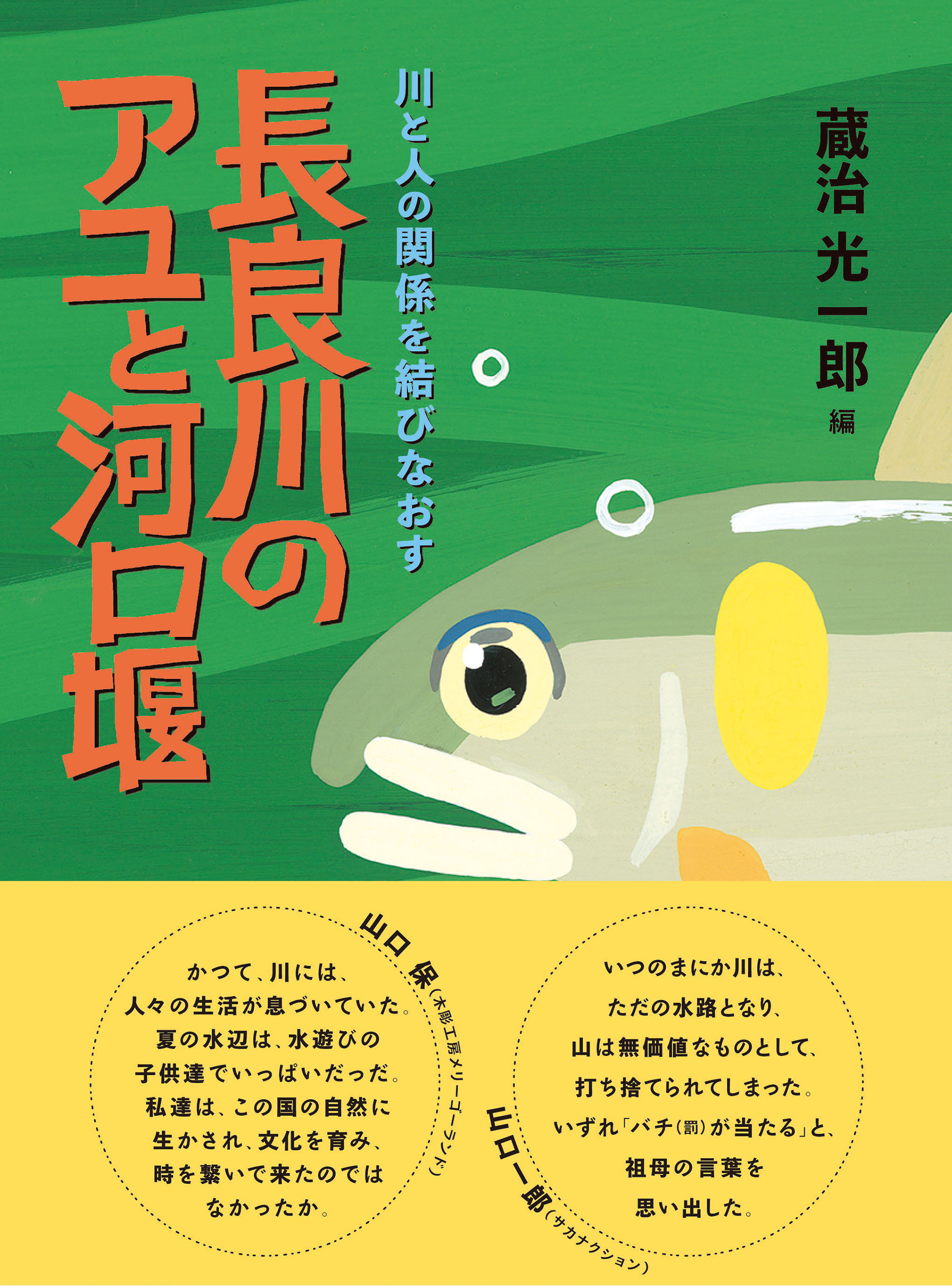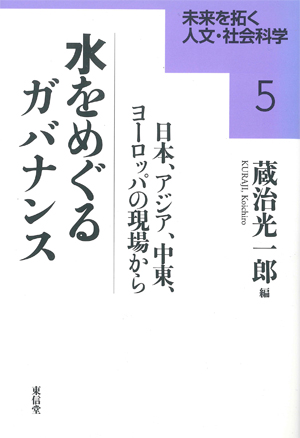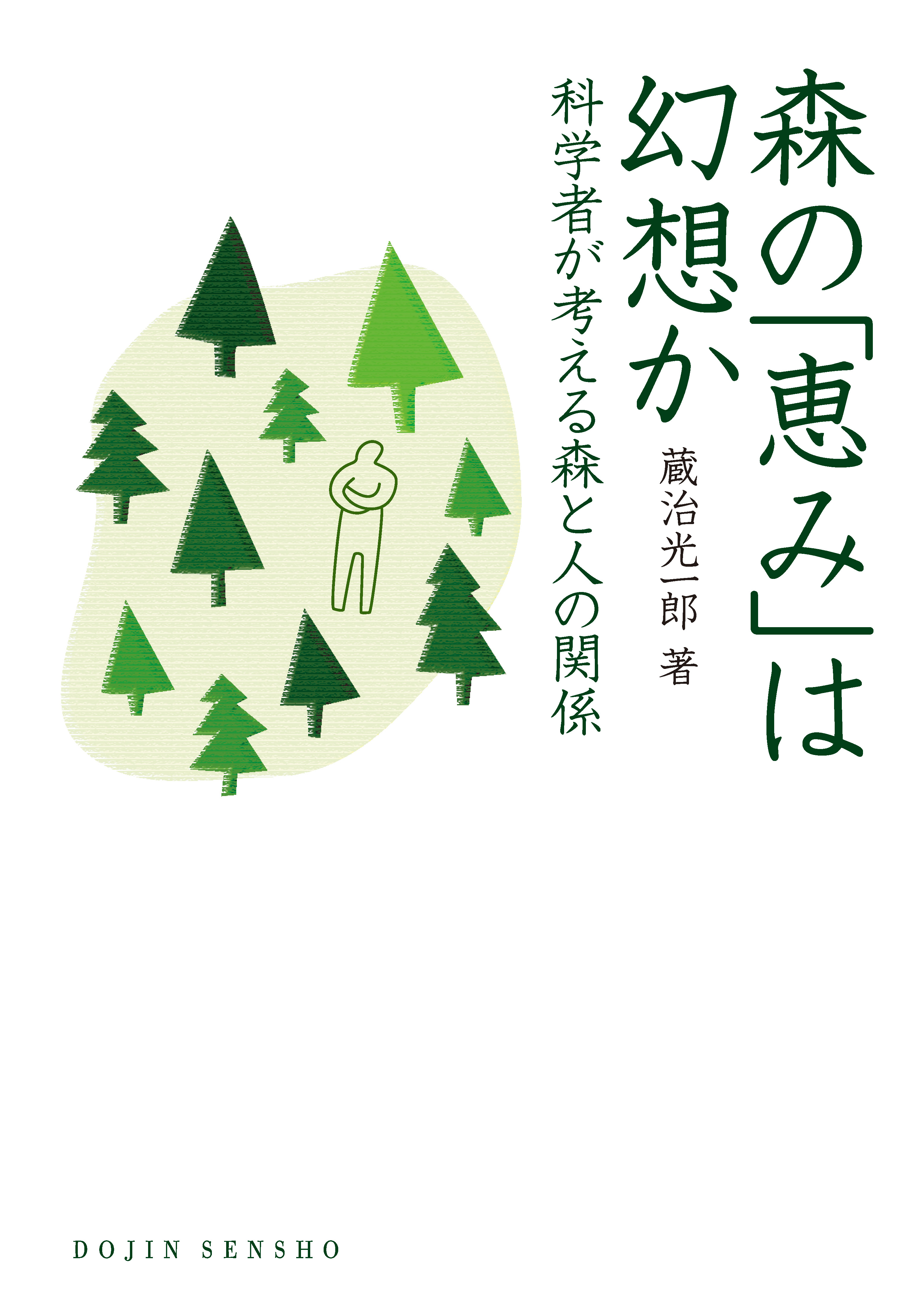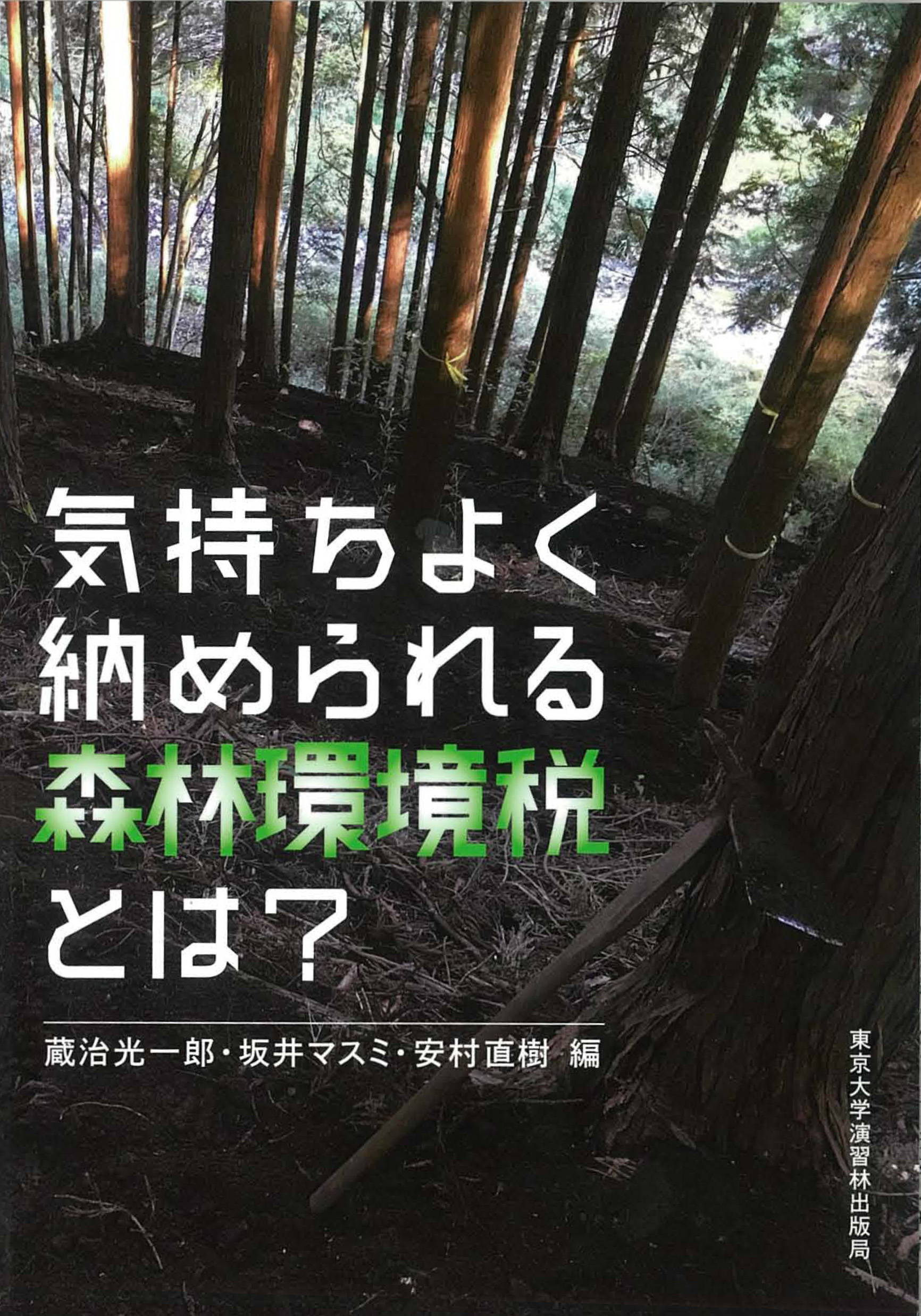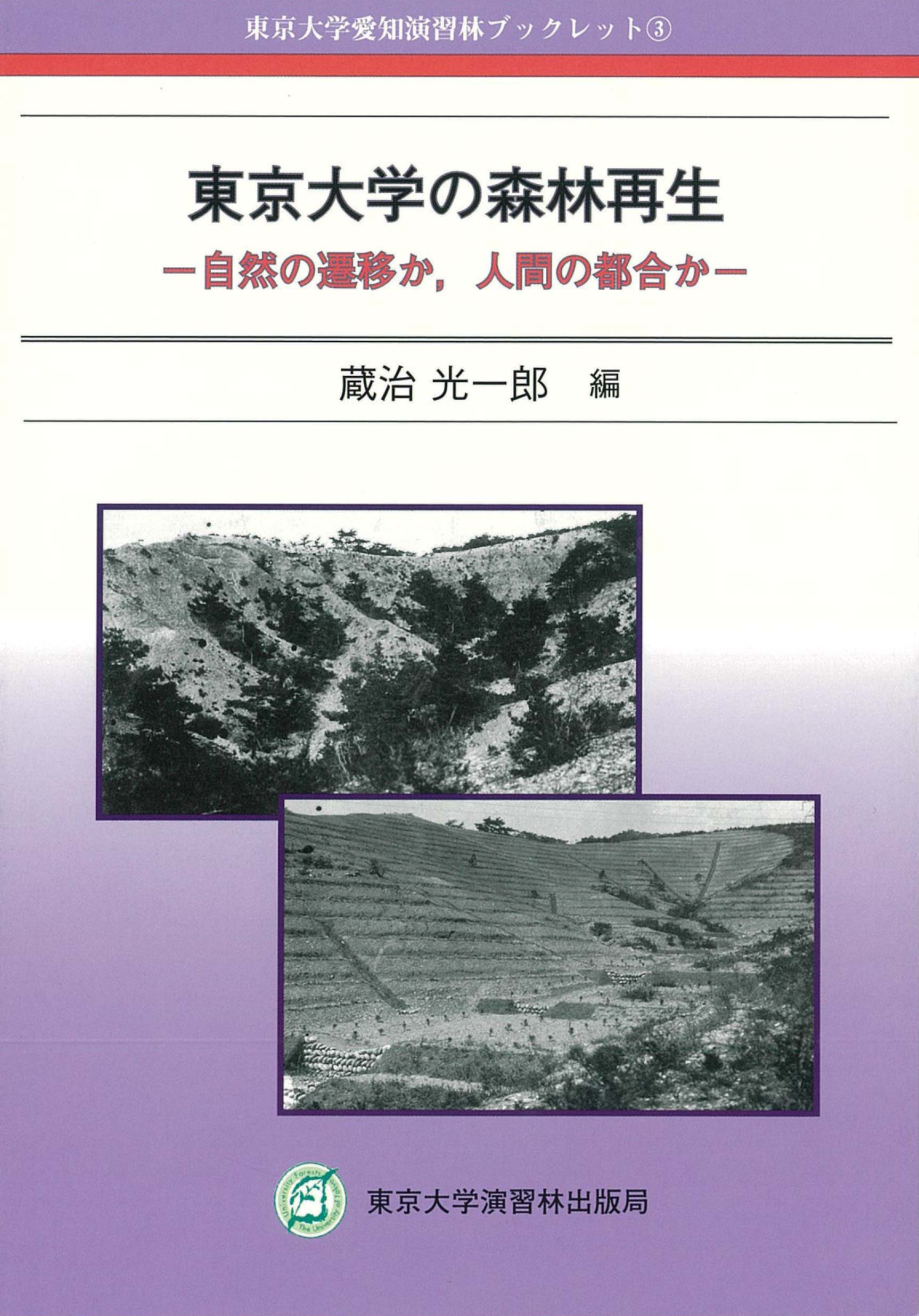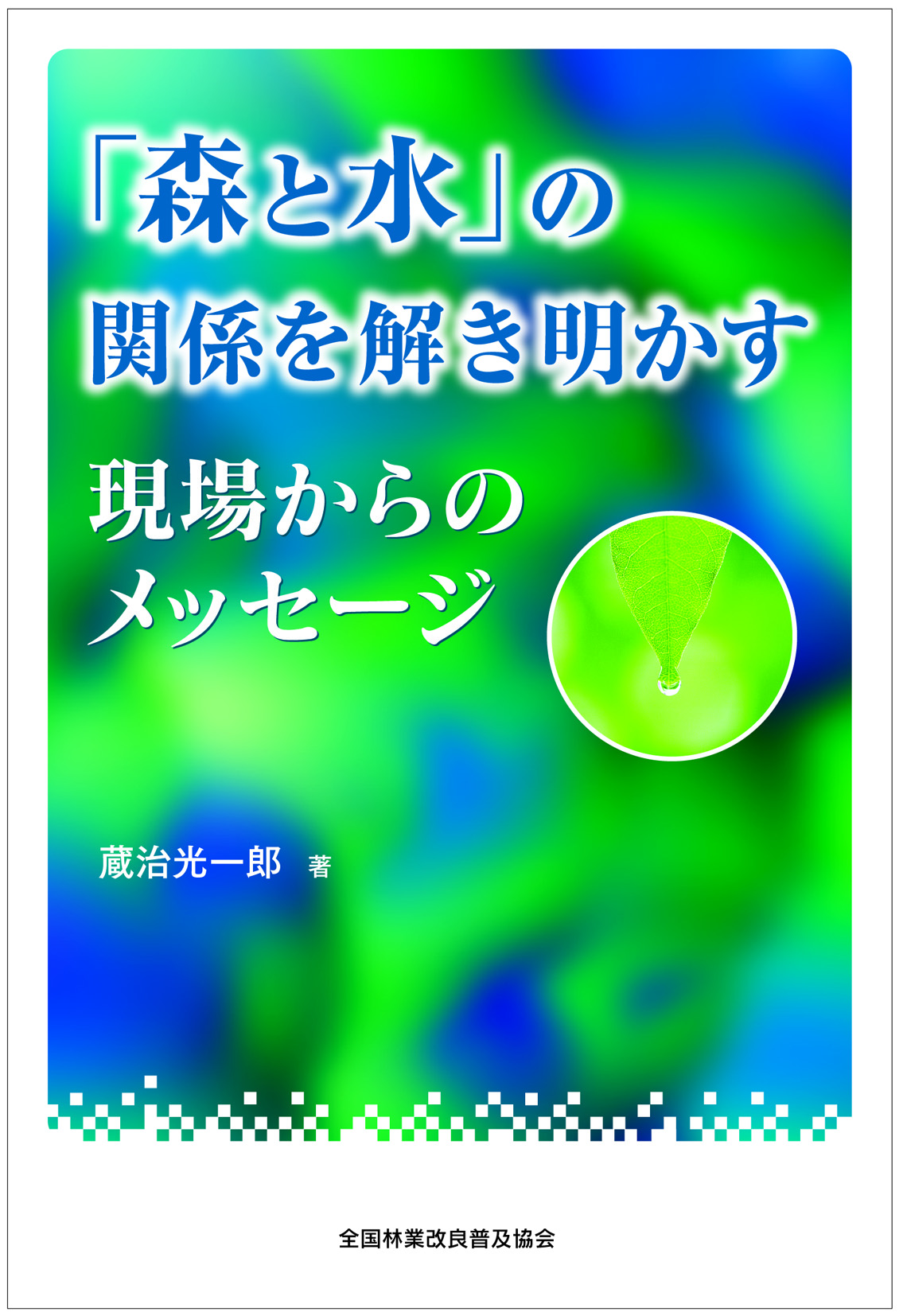
Title
“Mori to mizu” no kankei o tokiakasu (The Relationship Between Forests and Water – A Message from the site)
Size
232 pages, 127x188mm, hardcover
Language
Japanese
Released
May, 2010
ISBN
978-4-88138-238-7
Published by
ZENRINKYOU
Book Info
See Book Availability at Library
Japanese Page
Forests are a wonderful source of valuable functions to the people. They provide us with lumber, help to control flooding, recharge groundwater, prevent landslides, absorb carbon dioxide, and preserve biodiversity. Over our long history, humans have judiciously cut and replanted forests as needed to maintain a good balance and keep the valuable functions to the people. In recent years, however, changes in our tastes, values, and lifestyles have caused us to outstrip the slow gentle pace of forest time, leaving our forests behind as humanity barrels forward at incredible speed.
People’s attitudes can be easily changed but change is not so easy for forests. Japan’s forests of today reflect the vision of the era of rapid economic growth of 50 years ago. Back then, people were motivated by economics. Preparing by steadfastly planting trees that could be harvested for lumber in the future seemed a good way to make the forests more productive. But as time passed, people’s expectations changed and productivity was superseded by an emphasis on the need for preserving groundwater, preventing disaster, and lowering carbon dioxide levels. Today, for the first time in Japanese history, people who want to increase forest productivity in terms of lumber are in the minority. No one was able to predict that people’s attitudes would change so drastically in such a short time.
What we think and how we act today will determine the fate of our forests 50 years, 100 years from now. It is impossible to predict what people’s tastes, values, and lifestyles will be like 50 years or 100 years from now. What we can do is learn from the lessons of the past, educate ourselves with solid knowledge, and collect objective data on forests so that we will have a grasp on current forest conditions. With this as our starting point, we will be able to set goals and plan accordingly, striving at the same time to win the support of forest-lovers everywhere as we implement these plans.
The topic of this book is “water,” one of the valuable functions of the forest. We explore the history of the relationship between people, the forests, and water, analyze what we know so far, and spotlight the stories of the scientists, engineers, administrations, forest volunteers, think tanks, corporations, and the many citizens who are working so hard to rebuild the delicate balance of people, forests, and water that is fast fading from human memory. Our hope is that our readers will come to understand how important it is to foster, support, and work with scientists and researchers as we struggle to solve reforestation issues. We also hope this book will inform our readers and give them the knowledge they need to play a part in forest creation. People tend to regard scientists, researchers and specialists as far removed from ordinary folk, but our objective is the same as yours, and that is to play some part in solving the problems of contemporary society. It would bring us great pleasure to know this book has helped you to see that we are ready and waiting.
(Written by KURAJI Koichiro, Professor, Graduate School of Agricultural and Life Sciences / 2019)
Related Info
UTokyo Open Lectures: Water – KURAJI Koichiro “Water and forests and people” (UTokyo TV Nov 7, 2009)
https://todai.tv/contents-list/2006-2009FY/2009autumn/13?set_language=en



 Find a book
Find a book


